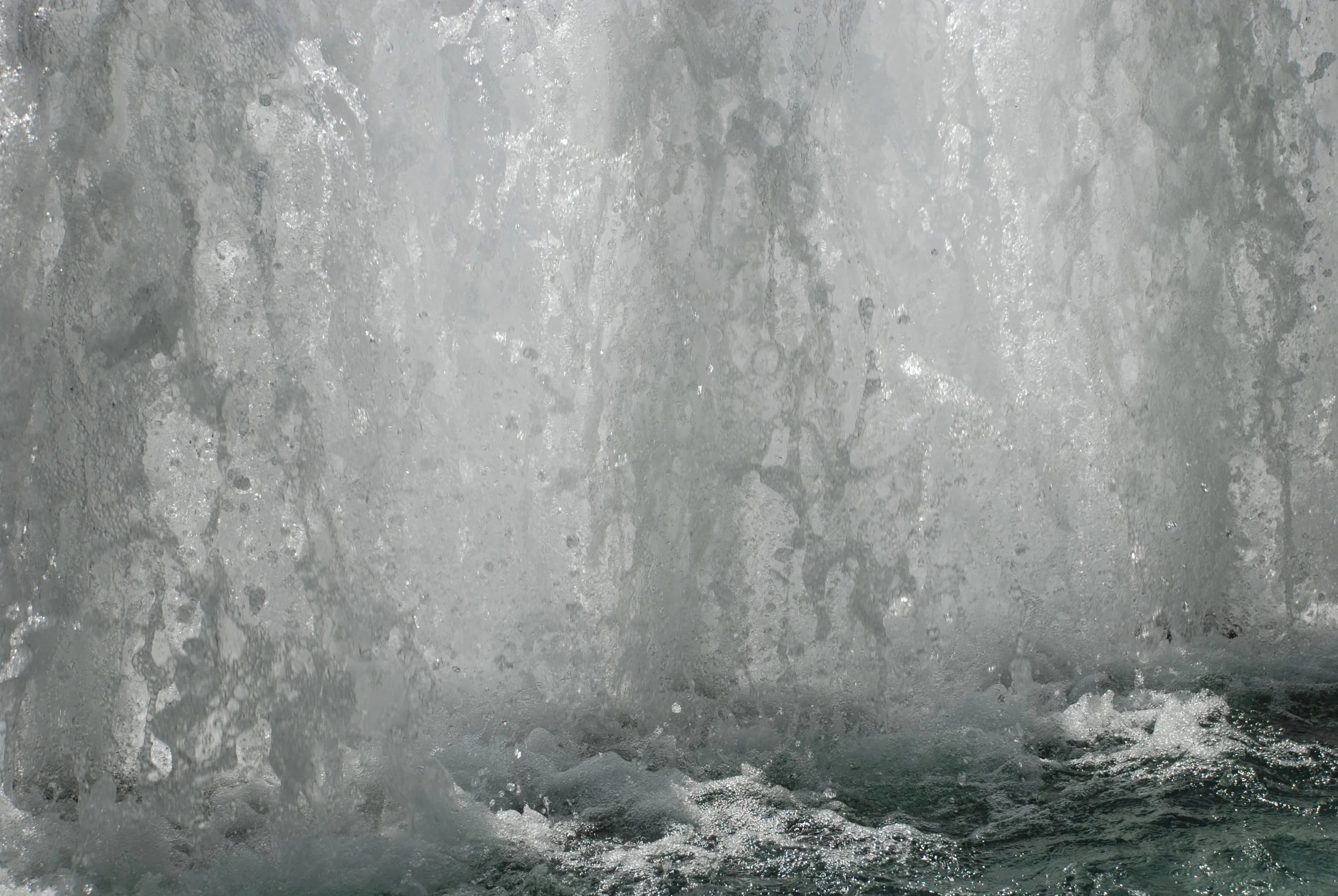"WHAT HAPPENS WHEN TOO MANY WELLS GO DRY IN A COMMUNITY?" OPERATION UNITE IN COOPERATION WITH KVMR 89.5 FM HAS SCHEDULED THE SECOND LIVE RADIO BROADCAST DISCUSSING THE CONSEQUENCES OF A COMMUNITY LOSING ITS GROUNDWATER RESOURCE.
A Round Table Discussion is scheduled for Monday, July 13, 2015, beginning 6 PM and ending 7:10 PM PST on KVMR 89.5 FM. Guests include Supervisor Frank Mecham of San Luis Obispo County, Tom Tebb, Director of the Washington Department of Ecology, Jim Schwab, Manager of the American Planning Association Hazards Planning Research Center and Vic Ferrera, Nevada County Operation of Emergency Services.
The live broadcast can also be listened to live on www.KVMR.org/player.
The Studio Call-in Phone Number is (530) 265-9555.
Questions and comments will also be taken through Periscope.tv. We encourage you to download the App for Periscope.tv before the broadcast. Periscope.tv gives you access behind the scenes in the studio.
An extended question and answer session is scheduled on Periscope.tv immediately after the live broadcast ends.








